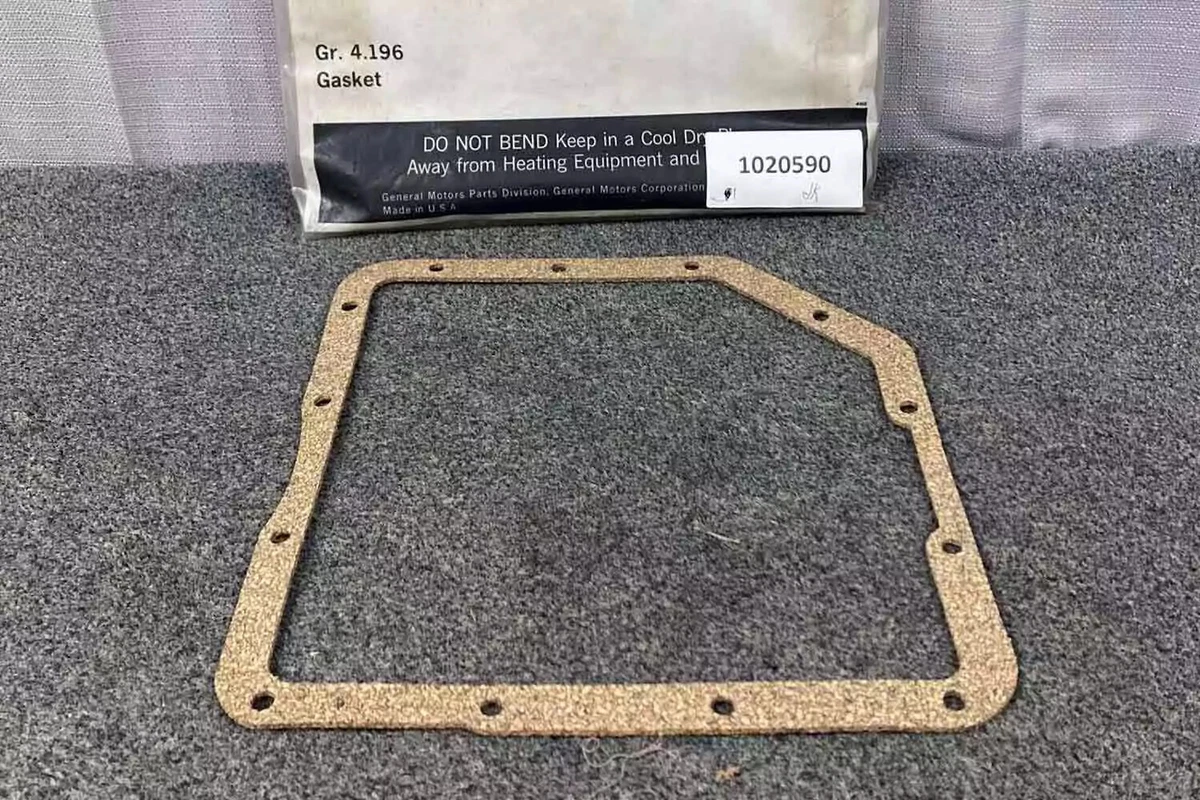
Do you see the two numbers? The first one is 75. It refers to how viscous the fluid is when cold. The second refers to viscosity at normal operating temperature.
Not all manual transmission fluid is the same. You can’t simply buy a quart without making sure it’s compatible with your vehicle. Here are a few of the most important factors.
Viscosity:
Manual transmission fluid (MTF) comes in a variety of viscosity levels, just like motor oil. The viscosity reveals the weight of the fluid. It’s crucial that you choose the right type for your vehicle needs, especially if you are driving in extreme climates. Just like engine oil, two numbers are presented (for example, 75W90). The first number refers to how viscous the fluid is when cold. The second refers to viscosity at normal operating temperature. Manufacturers require a specific weight depending on how the transmissions are designed. MTF is much thicker than the oil that goes in your engine.
Synthetic vs. conventional:
You also have the option of synthetic and conventional manual transmission fluid. While conventional is typically less expensive, it may not last as long and doesn’t provide the same level of protection. Synthetic fluids aren’t recommended for older transmissions. You can mix synthetic with conventional on a modern vehicle in a pinch, provided they are the same grade.
Additives:
Transmission fluids with anti-wear additives or friction modifiers provide extra protection. Not all manufacturers recommend them. Only buy what’s compatible with your vehicle.
OEM vs. aftermarket:
To ensure the same level of quality fluid as when the car came from the factory, buy an OEM-branded fluid. However, there are plenty of good, more affordable aftermarket brands available. But you need to double-check that you are buying the correct grade.
Types of Manual Transmission Fluid

Replacing the transmission fluid is a simple process: drain, fill, and drive.
Manual transmission fluids come in different weights. More importantly, they come in different grades: GL-1 through GL5.
-
GL-4 and GL-5 are common.
-
It’s unlikely that a manufacturer will specify anything as light as GL-1 through GL-3.
GL-4 is often used in synchronized manuals. It does not contain additives that are harmful to brass, the metal used to make synchromesh gears in modern transmission. GL-5 is found in differentials and axles because it is made to withstand greater pressure.
Some vehicles simply call for manual transmission-specific fluid. This may be labeled as “synchromesh manual transmission fluid.” MTF may not be labeled as GL-4 gear oil, but if you check the fine print it may say it’s compatible.
Some cars call for automatic transmission fluid in the manual gearbox. In these cases, the manufacturer was able to make both the automatic and the manual use the same level of lubrication.
How much does manual transmission fluid cost?
MTF and gear oil usually cost between $10 and $30 per quart. Transmissions require different amounts of fluid but, on average, expect to use three to five quarts per change. Compare that to a likely $150 to $400 charge from a repair shop for a fluid change. Remember, it’s very easy to change your own transmission fluid.
Are transmission fluids interchangeable?
Not necessarily. One GL-4 oil is compatible with another. But, using gear oil that is not GL-4 on a vehicle that requires GL-4 oil can damage the transmission. Check your owner’s manual for details.
Parts and Tools Related to Replacing the Manual Transmission Fluid

New genuine GM transmission oil pan gasket.
When changing the fluid, check your transmission for leaks. These often occur around the seals, gaskets, or case. It’s easier to replace any of these parts while the system is drained. If your vehicle has a magnetic drain plug, remove any metal shavings.
If you have time, check the clutch and linkage. They could be the cause of any shifting problems. Lubricate the accessible linkage points or adjust your clutch if necessary. If you’ve noticed extra vibration, inspect the transmission mounts. Just like the engine mounts, transmission mounts can experience cracks and play.
Gather or purchase a drain pan, socket and ratchet, floor jack, and jack stands. This equipment needed to change your manual transmission fluid is useful for all kinds of automotive DIY projects.
Share your feedback
This article is meant to provide general guidance only. Automotive maintenance, repair, upgrade, and installation may depend on vehicle-specifics such as make and model. Always consult your owner's manual, repair guide for specific information for your particular vehicle and consider a licensed auto-care professional's help as well, particularly for advance repairs.
































